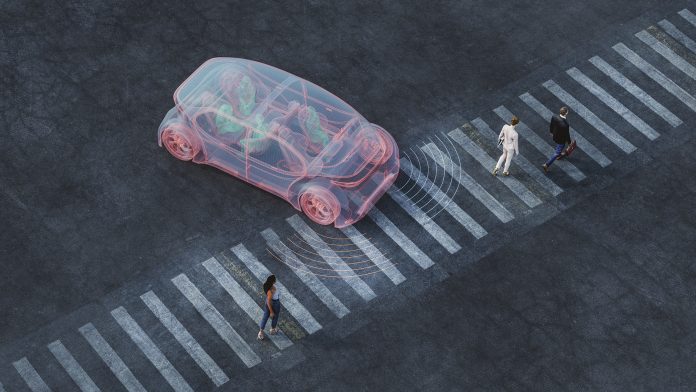In order to decrease the danger that has arisen from the quietness of electric vehicles, many governments have instructed that artificial sounds be added to aid in pedestrian safety.
This has been introduced due to the safety concerns that have occurred due to the quietness of electric vehicles (EV), especially for those who are visually compromised. The United States new policies require sounds to be noticeable at specific distances for a variety of vehicle speeds, with quicker speeds comparable to greater detection distances. However, even after adding sound, electric vehicles are typically quieter than standard internal combustion vehicle engines; it is an important change required to improve pedestrian safety.
Investigating electric vehicle noise
A team led by Michael Roan of Penn State University, and Luke Neurauter, of the Virginia Tech Transportation Institute created an experiment to test how responsive people were to electric vehicle sounds, with these policy requirements in mind. Participants were seated across from the Virginia Tech Transportation Institute’s Smart Road Facility and were asked to press a button when they heard an electric vehicle approaching. This meant that researchers could measure the probability of detection versus distance from the vehicle, a new standard for evaluating pedestrian safety compared to the mean detection distance.
What was the result of this experiment?
It was found that all cases had a mean detection range that exceeded the National Highway Transportation Safety Administration minimum detection distances. However, there were instances where the probability of detection, even at close range, never reached 100%. Thus, while the additive sounds greatly improve detection distances over the no-sound condition, there are cases where participants still missed detections, thus highlighting the issue with electric vehicles and pedestrian safety.
Roan said further studies need to be completed to investigate detection in different situations, such as when all vehicles at an intersection are electric. Additive sounds could create a complex interference pattern that may result in some loud locations and other locations with little sound. Thus, different scenarios and environments would emphasise various issues with pedestrian safety.
How are car companies improving pedestrian safety?
Companies have been adding sounds to their cars as early as 2019 when the EU introduced a law permitting electric vehicles to have a sound-emitting device due to pedestrian safety concerns. However, more recently, companies such as Mustang have been adding a twist to this requirement. Now, instead of their electric cars emitting a standard engine noise, EV owners have the option to choose ‘unbridled mode’, which consequently makes the engine sound like a ‘cyberpunk spaceship’.
Furthermore, other companies such as Audi have recently proposed the opportunity to have EV engines emit an even wider range of sounds. This suggests that over time, EV owners will have the opportunity to choose from a vast collection of different sounds that their car can emit whilst being driven. This will potentially make an electric car easier to spot than a standard one, and also provide pedestrians sufficient warning regarding approach and presence.
For more details on this topic, Roan will discuss their methods and results in the talk, “Electric Vehicle Additive Sounds: Detection results from an outdoor test for sixteen participants.”





